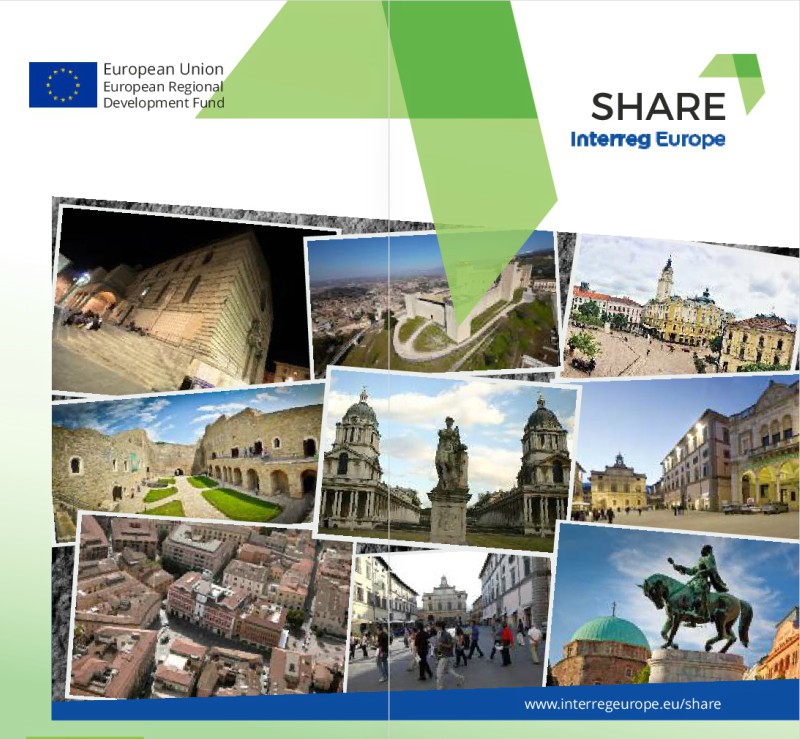Study visits to two sites in Pécs, Hungary, took project partners to a burial ground dating back millenia and a 19th-century industrial site which has been transformed.
The Cella Septichora, a collection of late Roman - early Christian era tombs, was UNESCO-listed in 2000. The difficulties of making small subterranean spaces accessible have been overcome by creative design of walkways. Visitors can walk through, around, above and even below excavated tombs, to view the chambers and especially the ancient frescos decorating their interiors.
The second site, the Zsolnay Cultural Quarter, showcases the rehabilitation of a formerly degraded industrial site. In the 1800s, Zsolnay ceramics were known throughout Europe, with innovative fine-art techniques as well as production of special materials for construction and industrial applications. But by the late 20th century, the factory and buildings had seriously declined.
The complex was reborn as the Zsolnay Cultural Quarter when Pécs was 2010 Capital of Culture. It is inspiring to see the varied ways that the city transformed an urban problem into a lively and attractive asset for tourists and residents.
In addition to a still-functioning ceramics factory, visitors find several museums of ceramics, a planetarium, the Interactive House of Playful Science, a puppet theatre, a University section, and more, with outdoor spaces used for concerts and events.






